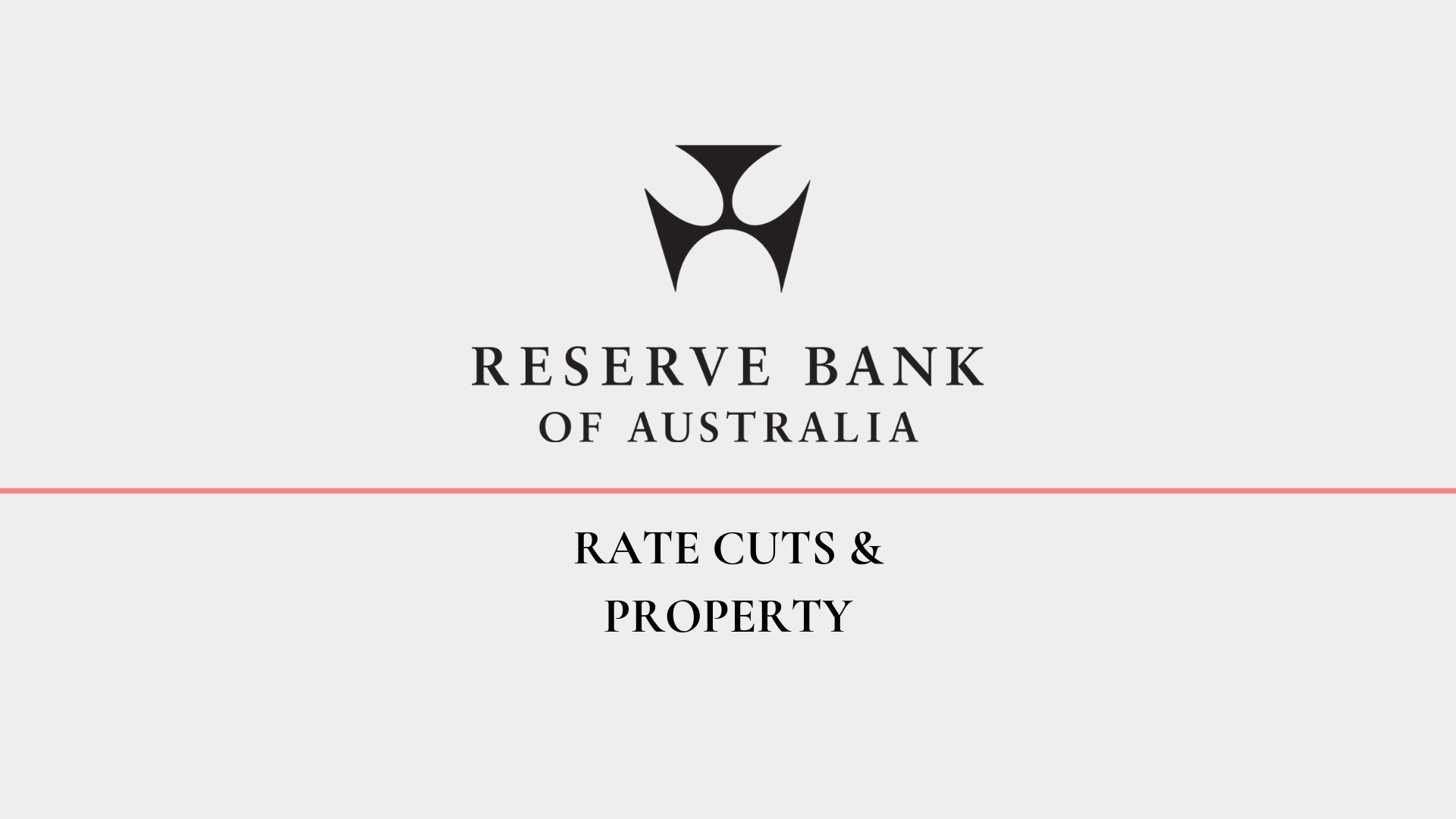Key Points:
- The RBA announced a cash rate cut of 0.25% – the first change in rates since August 2016. The Big 4 Banks have swiftly passed on this cash rate cut to their interest rates.
- Lower interest rates means cheaper borrowing, which will assist mortgage holders and encourage buyers that have disengaged from the property market to re-evaluate their situation.
- Although lower rates are positive, other factors need to be taken into account to determine the overall impact of interest rates on the property market.
On 5 June 2019 at 2:30pm, the Reserve Bank of Australia’s highly anticipated announcement hit the media, and banks and fintechs went wild! The RBA declared a cash rate cut of 25 basis points (0.25%), leaving the cash rate at a historic low of 1.25%, after holding it steady at 1.5% for more than 2.5 years. This decision was made to support employment growth and bring inflation with the medium-term target of 2-3%.
What’s the cash rate?
Cash rate cuts don’t necessarily impact our wallets directly. Banks maintain exchange settlement accounts with the RBA, which are used to settle accounts with each other, and the RBA itself. The cash rate is the rate paid on the balance of these exchange settlement accounts. You don’t pay or receive the official cash rate.
How does the rate cut impact the property market?
The cash rate is largely relevant when considering the housing market because it influences interest rates on mortgage loans. This influence is maximised when the changes are passed on fully by banks and other lenders. Philip Lowe, the Governor of the RBA, recommended that the reduction be fully passed on for the economy to receive the entire benefit of this policy decision.
Mass media started churning headlines that the rate cut would lead to possible growth in the housing market. So, why the buzz? Changes in the cash rate are often not passed on but this case seems different. This is due to the swift reaction by the major banks and home loaning fintechs.
The Big Bank Bang
Have banks lived up to Lowe’s full-pass expectations? CommBank and NAB certainly have, for both owner-occupiers and property investors. ANZ however, has only given their variable home loan customers a 0.18% cut.
| Bank | Old standard variable rate | New standard variable rate | Saving per year |
| CBA | 5.37 per cent | 5.12 per cent | $743 |
| Westpac | 5.38 per cent | 5.18 per cent | $588 |
| NAB | 5.36 per cent | 5.11 per cent | $743 |
| ANZ | 5.36 per cent | 5.18 per cent | $536 |
According to Finder, this rate cut could save borrowers almost $21,000 over the life of their loan, based on an average home loan size of $384,700 and an average variable rate of 4.91%.
Interestingly, new player in the home loan game, Athena announced within minutes of the rate cut that they would be slashing their rates for the full RBA cut. This took their variable rates to 3.34% p.a – one of the lowest in the market.
Fair winds for first-home buyers?
Head of Research at CoreLogic and advisor on BrickX’s property team, Tim Lawless, says that the lower interest rates are likely to drive improvement in housing market activity. He identified two other factors contributing to this: (1) lower borrower serviceability assessments due to APRA’s relaxation of the base serviceability rate later this month, and (2) renewed confidence following the federal election.
Lower interest rates mean cheaper borrowing, APRA’s reduction of the base serviceability rate means more relaxed lending standards, and Coalition government’s win means the possible implementation of the 5% deposit guarantee policy for first-home buyers.
However, Lawless and other experts also state that the lower rates may not be as effective as they have been in the past in stimulating activity in the housing market. Holistically, credit policies have become tighter and borrowers are subject to stricter lending standards in the wake of the Royal Commission. These credit supply restrictions may mean we’re in for a more subdued housing cycle.
Despite this, the lower interest rates will certainly give existing borrowers some ‘breathing room’. This, combined with potentially looser lending standards, could mean that more marginal borrowers can access loans.
While lower interest rates are expected to drive demand in the housing market, the actual effects of the RBA’s cash rate cut and any future cuts have yet to be realised.
BrickX’s latest blog posts:





